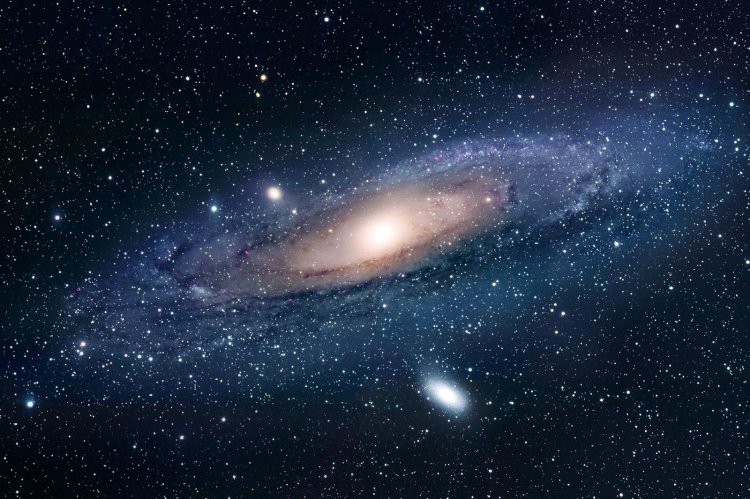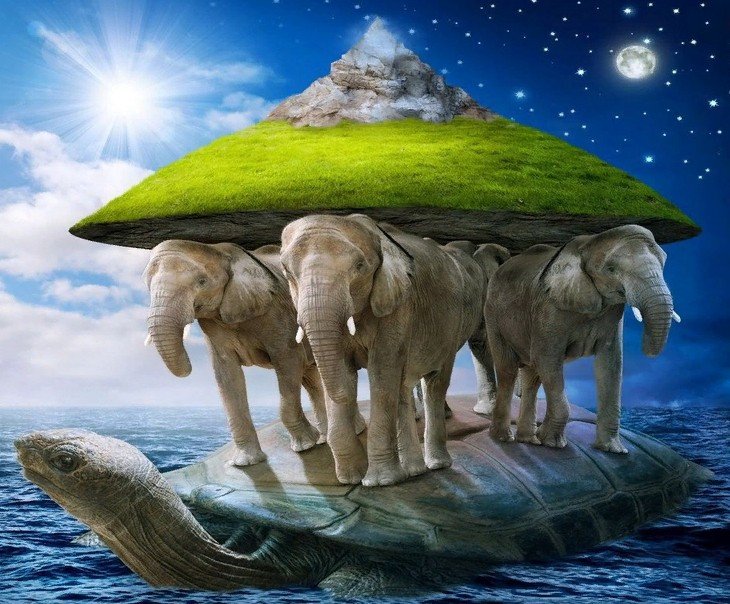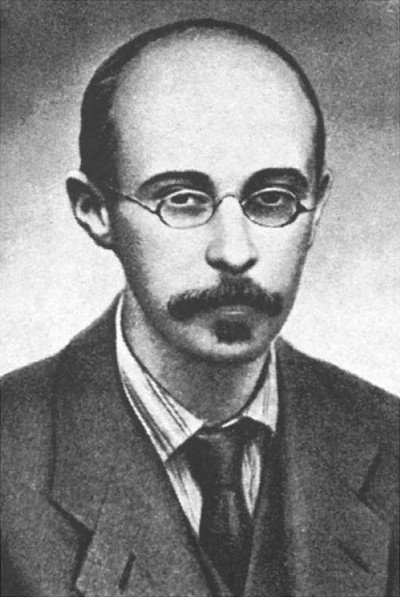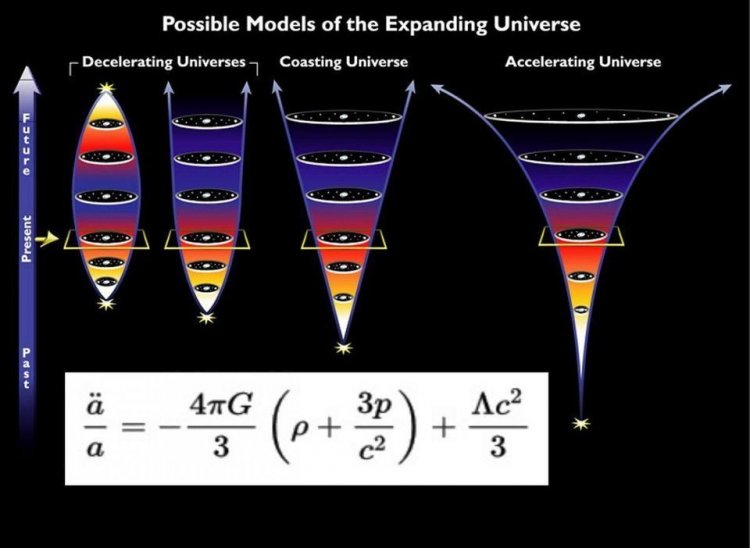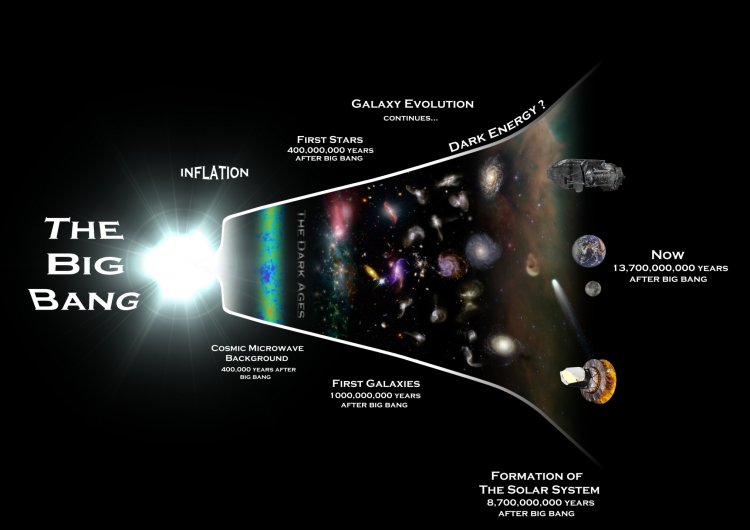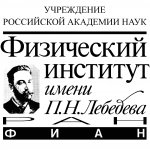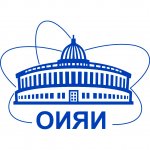On April 12, 1961, Yuri Gagarin became the first human to fly into space. Since then, Cosmonautics Day has been celebrated in the USSR and allied countries. And in 2011, this date was declared the International Day of Human Space Flight. On our portal, April is a month dedicated to space. Today we will tell you about the fundamental science studying the mysteries of space – cosmology.
Legends of the ancients – first explanations of the world order
Cosmology is a branch of astronomy and astrophysics that studies the origin, large-scale structure, and evolution of the Universe. Today, the key space research data is obtained by means of astronomical observations, but before the advent of special optics and instruments, in the time of our ancestors, the role of cosmology was played by cosmogony and eschatology – religious myths about the creation and the end of the world.
Antecedents of the Universe are incredibly diverse, but utterly unscientific: the ancient Chinese believed that the world was a tortoise shell, while the Earth was covered with the sky like with a chariot canopy rotating like an umbrella. Ancient Greek pre-Socratic philosophers believed that everything emerged from an incredibly strong vortex, and since Aristotle, the magical power of the Universe had been attributed to a substance called aether. During the Middle Ages in Europe, the Universe was perceived as a divine creation; also, the scholars did not rule out the possibility that the Creator could make other worlds like our planet.
During the Renaissance, the innovative cosmology of Nicholas of Cusa (the treatise De Docta ignorantia (On Learned Ignorance)) emerged. The author put forward the theory of the unity of the Universe and assumed that the Earth was one of many planets with an independent motion trajectory. However, the shapes of the spheres are not absolute, and trajectories of their movement are not fixed. In many ways, this gives rise to the idea of a boundless, but finite Universe that does not have a permanent center or clear boundaries.
In the first half of the 16th century, the initial idea of the heliocentric system appeared. Nicolaus Copernicus was an outstanding figure of this period. Copernicus followed the medieval idea describing the Universe as a limited sphere of fixed stars. However, the ideas related to location of the planets were correct: the Sun was in the center of everything.
Then the researchers took an important step from heliocentrism to realizing the infinity of the Universe evenly filled with stars. The Italian philosopher Giordano Bruno pioneered this idea. He argued that the laws of physics were the same throughout infinite and boundless space. At the end of the 16th century, William Gilbert supported the idea of the infinite Universe, then it was developed by Rene Descartes, Otto von Guericke, and Christian Huygens.
Alexander Alexandrovich Friedmann
Closer to reality – the birth of cosmology
Modern cosmology appeared after Albert Einstein discovered the general theory of relativity. He outlined three important assumptions stating that the Universe was homogeneous, isotropic, and stationary. He explained stationarity through a mathematical equation of the gravitational field. The solution of this equation proved that the Universe had a finite volume (it was closed) and positive curvature. This made it possible to analyze the obtained astronomical data and interpret them. Since the beginning of the 1920s, cosmology has gradually started to evolve from the world order philosophy to an exact science.
In 1922, Alexander Alexandrovich Friedmann proposed a non-stationary solution to Albert Einstein's equation. In 1929, Edwin Hubble discovered the cosmological redshift of galaxies, which additionally confirmed the non-stationary Universe theory. This is how the currently well-known Big Bang model, according to which the Universe began to expand from a very dense and hot state, was established. The stationary model, according to which the world exists forever and has neither the beginning nor the end, was also popular.
Modern cosmology is conventionally divided into two schools: empiricists and theorists. The former interpret only the data obtained by observation and do not projecting their conclusions to the unknown, while the latter actively invent new theories and try to explain the observable Universe using various hypotheses.
Coordinate system – playing by the rules
Cosmological data is a well-established concept that implies the results of experiments and observations related to the Universe. Any proposed cosmological model must explain 6 observed facts:
-
The universe is homogeneous and isotropic, which means the uniform distribution of galaxies in the Universe, while their movement is chaotic. Thus, excluding small inhomogeneities in the distribution of galaxies and their clusters, astronomers consider the Universe to be equally homogeneous both at a distance and near us.
-
The universe constantly expands as galaxies move away from each other. This discovery was made by E. Hubble in 1929. Hubble's law goes like this: the farther away a galaxy is, the faster it moves away from us. This law has withstood the test of modern optics and equipment.
-
The space around the Earth is filled with microwave radio-frequency radiation, which was discovered in 1965. The key characteristic of this radiation is its high isotropy, which means its uniformity in various regions of the Universe.
-
The age of planets, meteorites and stars does not differ drastically from the age of the Universe (calculated based on its expansion rate). According to modern measurements, the Universe is about 20 billion years old.
-
At any observable point in the universe, there is 1 atom of helium for every 10 atoms of hydrogen.
-
There are more active galaxies and quasars in the regions of the Universe that are farther from us in space and time than near us, which indicates the evolution of the Universe.
Unanswered questions – Big Bang theory problems
Despite the fact that the Big Bang theory is one of the most popular theories of the origin of the Universe, there are still several questions that scientists have to answer:
1. The singularity problem: the scientists doubt the universal applicability of the general theory of relativity.
2. The problem of the Universe isotropy: it is strange that the expansion that began with a singular state turned out to be so isotropic (homogeneous).
3. Homogeneous on the largest scales, the universe is quite heterogeneous on smaller ones (galaxies, galaxy clusters). The scientists continue to study the possibilities of heterogeneous Big Bang models.
4. The following question remains: What is the future of the Universe? If the Universe is closed, then it has no boundaries, but its volume is finite. If the density is below critical, then the Universe is open and will expand forever.
A look around – other theories of origin of the Universe
The Big Bang theory is not the only one of its kind. There are alternative cosmological models. For instance, the Cold Big Bang model suggests that the expansion began at a temperature of absolute zero. Consequently, microwave radiation can no longer be explained by the explosion, and other options are required. The stationary cosmological model implies continuous birth of matter. According to this theory, the Universe will always remain unchanged, but existing observations debunk this approach. Some scientists rethink Einstein's theory of gravity, putting forward their hypotheses about the gravitational effect on matter (among them are the Brans—Dicke model and the more radical F. Hoyle model).
The article is based on open sources.
